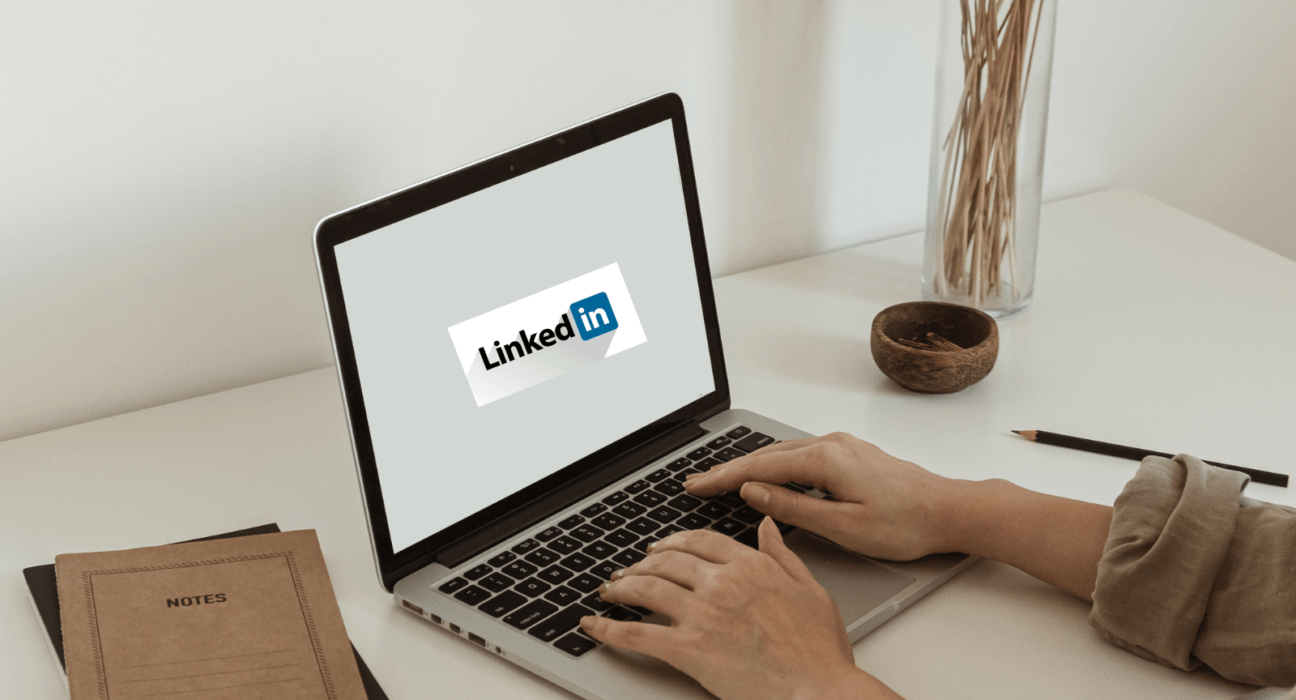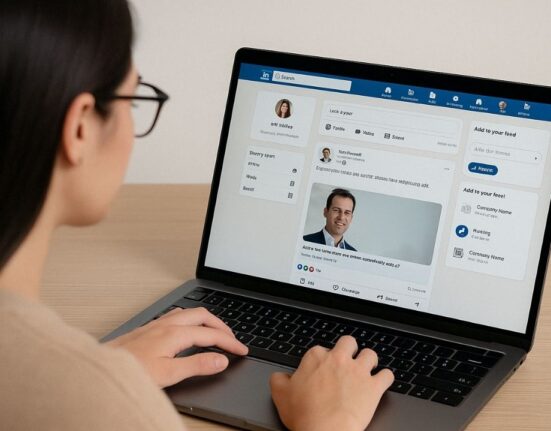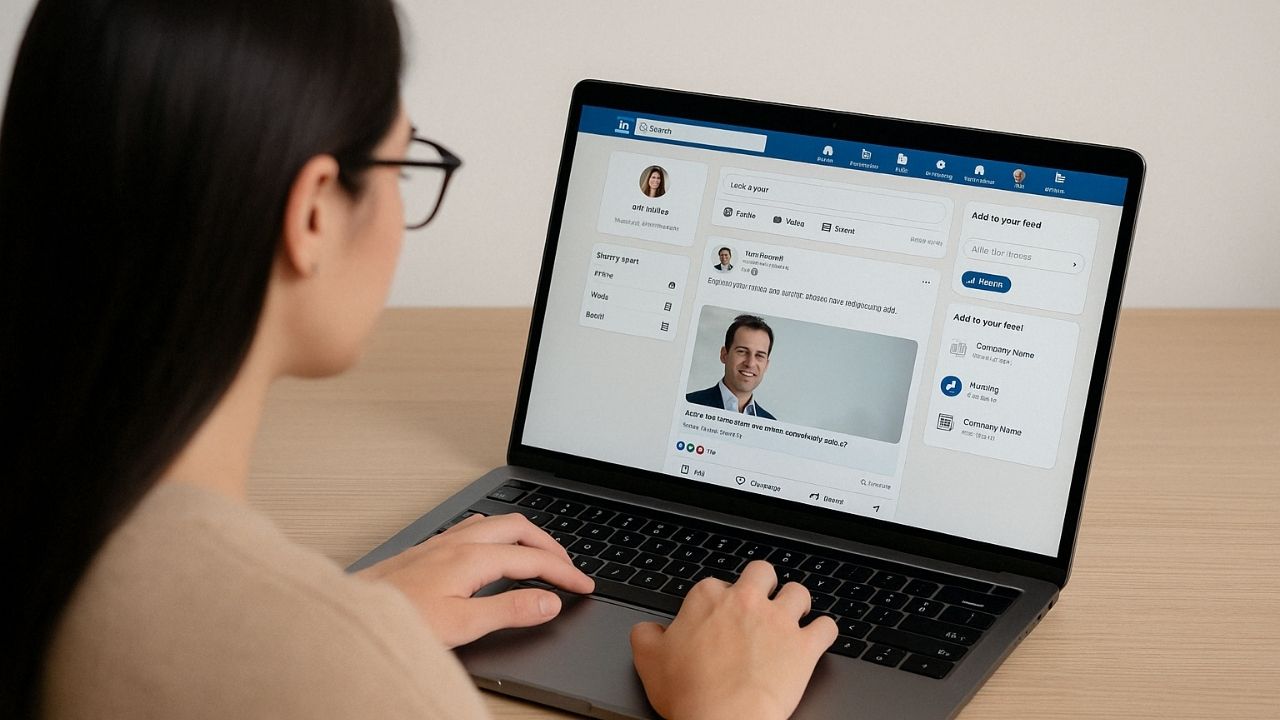I stopped using LinkedIn Premium for a few weeks and thought the free version would be enough. But I soon missed the advanced features. When I wanted to find contacts at specific companies I was limited to seeing just the first 5 names. That’s when I re-subscribed even though it costs nearly $70 a month. In my experience sales and networking is all about building meaningful relationships and LinkedIn is one of the most powerful networks for that. If you want to really use LinkedIn and connect with the right people investing in LinkedIn Premium can be a good move.
In my experience sales and networking is all about building meaningful relationships and LinkedIn is one of the most powerful networks for that. If you want to really use LinkedIn and connect with the right people investing in LinkedIn Premium can be a good move.
LinkedIn is the go-to platform for professionals worldwide, a space to network, build careers and grow businesses. While the free version of LinkedIn is good enough for many, the Premium version has additional features to give members an edge in job hunting, networking, sales and personal development.
At $70 a month for the Business Premium plan, LinkedIn Premium isn’t cheap. So the big question for most users is does the benefits outweigh the cost. In this post we’ll go through the pros and cons of LinkedIn Premium and help you decide if it’s worth the upgrade for you.
Pros of LinkedIn Premium
1. InMail Messaging: Send to Non-Connections
One of the biggest benefits of LinkedIn Premium is the ability to use InMail messaging. This allows you to send messages to anyone on LinkedIn, even if you’re not connected to them. For sales people, recruiters and business owners this can be a game changer to connect with potential clients, talent or partners.
InMail eliminates the need for a shared connection to communicate, giving you the opportunity to reach out to decision makers in companies or individuals you wouldn’t have access to otherwise. When used strategically InMail can increase your outreach by a lot.
2. Unlimited Access to LinkedIn Learning
LinkedIn Learning has thousands of high quality courses across a wide range of topics, from leadership and soft skills to data science and marketing. For Premium users access to LinkedIn Learning is unlimited and this alone could be worth the subscription for some.
These courses are a great way to keep upskilling or exploring new areas of professional development. You can earn certificates to display on your LinkedIn profile to show your commitment to growth and learning. Whether you want to improve in your current role or pivot into a new industry, LinkedIn Learning is a valuable resource.
3. Advanced Search Filters to Network More Precisely
LinkedIn Premium has advanced search filters that allow you to filter your searches by job title, company size, years of experience and more. These filters allow you to tailor your searches, save time and find the right people or opportunities.
For recruiters, business development people and those actively looking to build specific networks, these filters can speed up the process of finding relevant contacts. With more precision in your searches you can build better networks and focus on the people and companies that matter most to your goals.
4. Profile Visibility: Who’s Viewing You
In the free version of LinkedIn you can only see the last 5 people who viewed your profile. With Premium you get the full list of people who viewed your profile in the past 90 days. This feature can give you valuable insights into how your profile is performing and who might be interested in connecting with you.
For job seekers or sales people tracking profile views can open up new opportunities to follow up with people who are interested in your profile but haven’t reached out yet. It also allows you to see how your LinkedIn presence is resonating with your target audience.
5. Job Search Insights: Be Different
LinkedIn Premium provides job seekers with additional insights when applying for jobs. You’ll see how your skills, experience and education compare to other applicants so you can tweak your applications to stand out.
Plus Premium members get salary estimates and company growth trends which can help you make informed decisions on where to apply or how to negotiate offers. For anyone serious about finding the right job or making a career change these insights are a big advantage.
Downsides of LinkedIn Premium
1. The Cost: Too Expensive for Some
LinkedIn Premium is one of the more expensive professional tools out there. The Business Premium plan at nearly $70 a month is an investment that may not be feasible for everyone, especially those just starting out or small business owners with limited budgets.
While the features are valuable not all users will need them enough to justify the cost. If you’re not using LinkedIn for sales, recruitment or job searching regularly the free version might be enough and the upgrade unnecessary.
2. Not all features are for everyone
LinkedIn Premium has many features but not all are equally valuable to every user. For example while recruiters will find advanced search filters and InMail messaging super useful, casual users or those using LinkedIn passively may not use them fully. If you’re not using LinkedIn for business development or job hunting regularly the free version might be enough for you.
3. InMail is not a magic bullet
While InMail is one of the most powerful features of LinkedIn Premium, its success is not guaranteed. A poorly written or too salesy message will get ignored even with direct access to your target audience. To make InMail work you need to put time and effort into personalising your outreach and offering value to the recipient. Otherwise you may find this feature doesn’t deliver what you were expecting.
4. You still have to put in the work
While LinkedIn Premium provides many tools to help with your networking and job search, it doesn’t guarantee success. Building relationships, nurturing leads and finding new opportunities still requires effort. The advanced features will make it easier to connect with people but won’t automatically deliver results. Users need to actively engage, follow up and maintain connections to get the most out of LinkedIn Premium.
5. Paying for extras you might not need
The extra features of LinkedIn Premium are useful but not all are necessary for everyone. For example the job search insights are useful if you’re actively looking for a new role but if you’re using LinkedIn just for networking this feature might not add value. Similarly LinkedIn Learning is a great resource but if you’re already subscribed to other learning platforms you might not need this included in your Premium plan.
Conclusion: Is it worth it?
In the end it comes down to how you use the platform. If you’re a recruiter, salesperson or job seeker looking for an edge the advanced features will help you network better, find better opportunities and develop your career. The ability to send messages to people outside your network, access job insights and use LinkedIn Learning can be a game changer for the right users.
But if you’re a casual LinkedIn user the high cost and extra features might not be worth the upgrade. If you use LinkedIn just to maintain a professional online presence, connect with colleagues and occasionally comment on posts the free version will be enough.
As with any subscription you need to weigh the cost against your needs and goals to decide if LinkedIn Premium is for you.
Additional resources:











